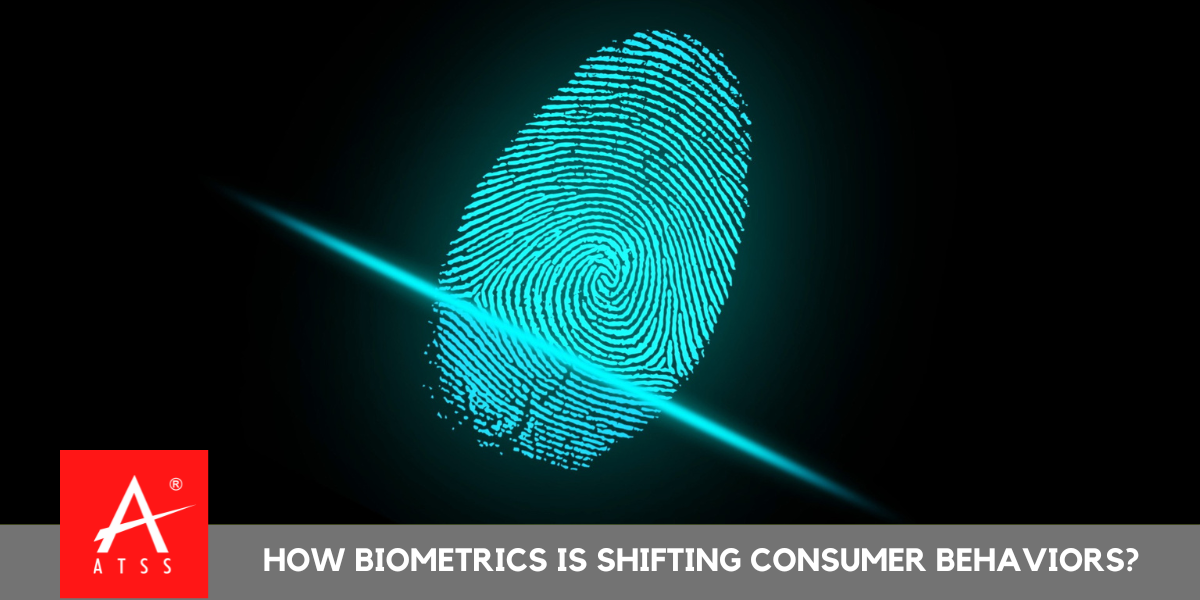
How Biometrics is shifting consumer behaviors?
Biometric Authentication – How Biometrics is shifting consumer behaviors and helping consumers build their identity and stay safe.
With the addition of biometrics, companies, banks and most of the leading organizations have even more choices to create an identity for their customers and protect their customers from fraud threats
Biometrics are key to the future of identity and special for banking and retail. Biometrics is one of the leading innovation areas and comes in many forms. In fact, anything that is an intrinsic characteristic of a person can be used for biometric authentication tech. This includes face recognition, fingerprint, iris pattern, voice, hand vein pattern, finger vein pattern, and even face – among others. And all these forms of innovative biometrics are not equally appealing to consumers but are critical for things to move as the world economy gets digitalized.
Advancements in technology and software have introduced new possibilities in the security and surveillance world over the past few years. Biometric innovation has, in particular, had a significant impact on cybersecurity practices right across the world.
Biometric authentication methods are far from new, but they’ve become more accessible and affordable in recent times. There are now devices that can recognize fingerprints, palm veins, faces, DNA, hand geometry, retinas, and even odors for identification and access control purposes.
Tech giants such as Apple and Samsung have long integrated this technology into their devices, while biometrics are making big waves in contexts like security, surveillance, border control personal finance, and healthcare. Often, they speed up previously complex and timely security processes, which is why they’ve become so popular.
But while many have called biometrics groundbreaking in the security space, others have been less positive. Some people have questioned if they’re safe at all, while others have suggested that they won’t last. So the question is, are biometrics really the future of security and surveillance?
Consumers and users are open to biometrics and like some biometrics more than others.
Users like biometric tech special those that are discreet, and those they are most familiar with. At the top of Europeans’ wish list is fingerprint authentication for payment. This is seen as both easy to use and secure. In fact, most European consumers (81%) see fingerprint recognition as a secure biometric authentication method, and more than half (53%) prefer this to any other biometric authentication method for payment. 73% of Europeans are as comfortable with fingerprint authentication as they are with PINs.
But different consumers want different things in different situations. Fingerprint authentication is followed closely by iris scanning, with 76% of consumers finding it secure. 15% of European consumers feel comfortable with facial recognition; only 12% are comfortable with voice recognition.
According to a study by Visa conducted last year on over 14,000 respondents spread over seven European countries biometrics will play a bigger role in anything related to consumer data protection and data management. According to the study, nearly three-quarters of Europeans (73%) see the use of biometrics in two-factor authentication as a secure way to verify the identity of an account holder.
Moreover, more than two-thirds of them (68%) actually want to use biometrics to confirm their identity when paying.
Most of the retail players and fintech firms and banks that are still hesitant may rest assured: according to the same study, customers do actually trust their banks – and in fact see them as the most trusted institution to provide biometric payment services and to hold their biometric data.
Companies and banks that neglect to offer biometric authentication may see their customers leave in significant numbers.

